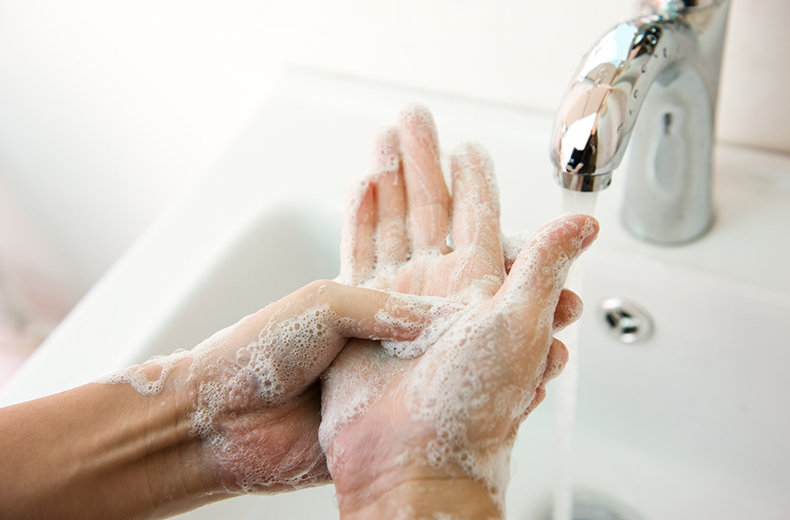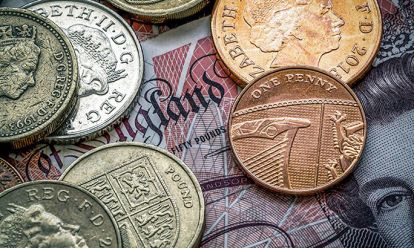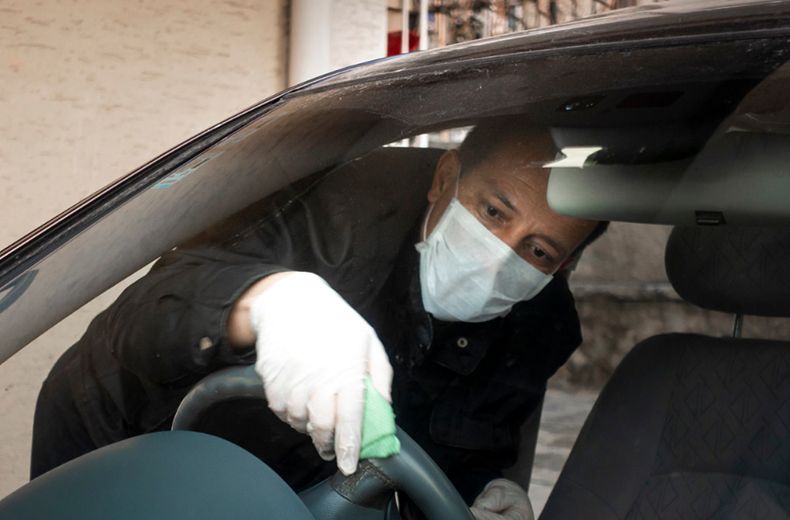For drivers this means more than just limiting travel to essential journeys, we should also be thoroughly cleaning the inside of our cars.
This guide will tell you where the worst of the infected areas could be, what supplies you need, and how to properly clean your car interior.
Car cleaning checklist
- Driver’s seat
- Steering wheel, including horn and infotainment controls
- Control stalks
- Ignition and power button
- Keys
- Dashboard
- Air vents – passenger and central
- Gear stick
- Infotainment/radio
- Heating controls
- All seats
- Seatbelts and clips
- Seat adjust controls
- Head rests
- Seat pockets
- Roof and doors
- Door handles and releases
- Door pocket
- Window switches
- Interior lights
- Grab handles
- Boot
- Parcel shelf
- Boot floor tab
- Other
- Glove box and log-book
- Central storage
- Cupholders
- Bonnet release lever
Before cleaning
Ideally wait three days after using your vehicle before cleaning for any traces of the coronavirus.
Although official guidance tells us that we don't know at what point there is no risk, "studies of other viruses in the same family suggest that, in most circumstances, the risk is likely to be reduced significantly after 72 hours."
If your car can be kept locked and secured for 72 hours, this will likely reduce the amount of particles living on surfaces.
Personal protective equipment (PPE)
The government recommends using personal protective equipment or PPE when cleaning in non-healthcare settings.
If someone with confirmed or suspected coronavirus has been in your car, you’ll need to protect yourself before you start. As a minimum you should wear:
- gloves (preferably disposable)
- apron (preferably disposable)
If an area has been contaminated with bodily fluids from someone with coronavirus you should consider wearing a mask to protect your mouth and nose.
What you’ll need to disinfect your car
With many shops closed to slow the spread of COVID-19 you might think you’d struggle to find the products you need. Thankfully a lot can be done with very little. All you should need for a decent clean is:
- bleach-free household disinfectant
- two bin liners
Cleaning your car during the outbreak
Once you’ve got the appropriate protective clothing on it’s time to tackle the cleaning. Before you start with the interior, just make sure you give all the door handles (including the boot!) a good wipedown first.
Driver’s seat
- Steering wheel, including horn and infotainment controls
- Control stalks
- Ignition and power button
- Keys
Of all the parts in your car, your steering wheel is probably the most exposed to human touch. Use disinfectant around the whole of your wheel, including those out-of-sight areas where fingers tend to grip.
Don’t forget to wipe the horn and any infotainment controls found on the steering wheel. You’ll also need to clean the full length of all control stalks for indicators, headlights and windscreen wipers.
Although they’re technically not part of your car, you’ll also need to clean your keys. Make sure you clean the handle, metal and the ignition itself, as these are the parts most often touched. If your car uses a button to start, give this a wipe too.
Dashboard
- Air vents – passenger and central
- Gear stick
- Infotainment/radio
- Heating controls
We come into contact with our dashboard when using radios and infotainment systems. Heating controls are also a major touchpoint and you should pay particular attention to the knobs and buttons found here.
Don’t forget the air vents. Grips found on the vents are used to manually change the direction of air flow and are regularly touched by both drivers and passengers, so these will need to be wiped too.
Gear sticks are among the most touched areas of your car - make sure you scrub yours thoroughly, and the remainder of your dashboard towards your windscreen.

Cheaper than AA or we'll beat by 20%^
• Roadside cover from £5.49 a month*
• We get to most breakdowns in 60 mins or less
• Our patrols fix 4/5 breakdowns on the spot

All seats
- Seatbelts and clips
- Seat adjust controls
- Head rests
- Seat pockets
Seatbelts are another most commonly touched part of our cars, yet very easy to overlook during a clean.
Pull the length of the seatbelt out to ensure you clean the full surface that you come in contact with whilst wearing it. Don’t forget the buckles and clips too.
Move on to the seat adjust controls before targeting head rests and seat pockets. If you’ve recently had passengers in your car, you’ll want to pay particular attention to their seats.
Roof and doors
- Door handles and releases
- Door pocket
- Window switches
- Interior lights
- Grab handles
Car doors are filled with germ hotspots. Concentrate on the handles and pockets plus any window controls.
Wipe down any interior lights and grab handles on your roof and give your rear-view mirror a thorough clean on the glass and all around.
Boot
- Parcel shelf
- Boot floor tab
Your boot is often out of sight and out of mind, but there are a few areas here that deserve the disinfectant treatment. Make sure you wipe down your parcel shelf and any floor tabs that conceal your spare tyres.
Other
- Glove box and log-book
- Central storage
- Cupholders
- Bonnet release lever
There are a few more areas you’ll need to focus on to significantly reduce your car’s germ count. The glove box should be cleaned inside and out, along with any items inside, including your log-book.
Be sure to clean your central storage compartment fully, including the lid, any levers and the inside of the compartment to reduce contamination.
Cupholders are a spot often forgotten during a clean, so try to reach right down into them. Finally, use your disinfectant on your bonnet release lever.
After cleaning

Disposable gloves and aprons should be double bagged in your bin-liners and stored securely for 72 hours before being thrown away in the rubbish.
If your protective clothing isn’t disposable and you’d like to use it again, wash the items according to the manufacturer’s instructions using the warmest water setting, then dry completely.
Dirty laundry that has been in contact with an unwell person can be washed with other people’s items.
Wash your hands as recommended for at least 20 seconds after removing gloves, aprons and other protective clothing.
For tips about how to give your car a proper wash outside as well, check out our full guide to cleaning your car.
The RAC is still here for customers' essential journeys wherever they break down.
If you have more questions about what the outbreak means for you, we've done our best to answer questions you may have about driving and using your car during the coronavirus outbreak.
How to look after your car from home
Get 30 driving tips that will save you money
Running a car isn’t cheap, but there are some easy things you can do to keep your costs down. Get these tips and more useful driving articles sent straight to your inbox now.


















